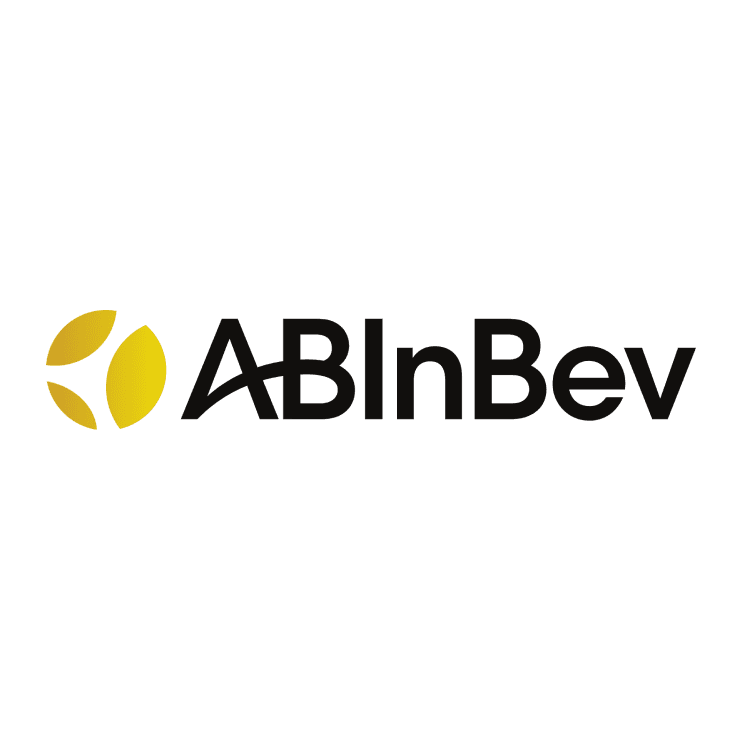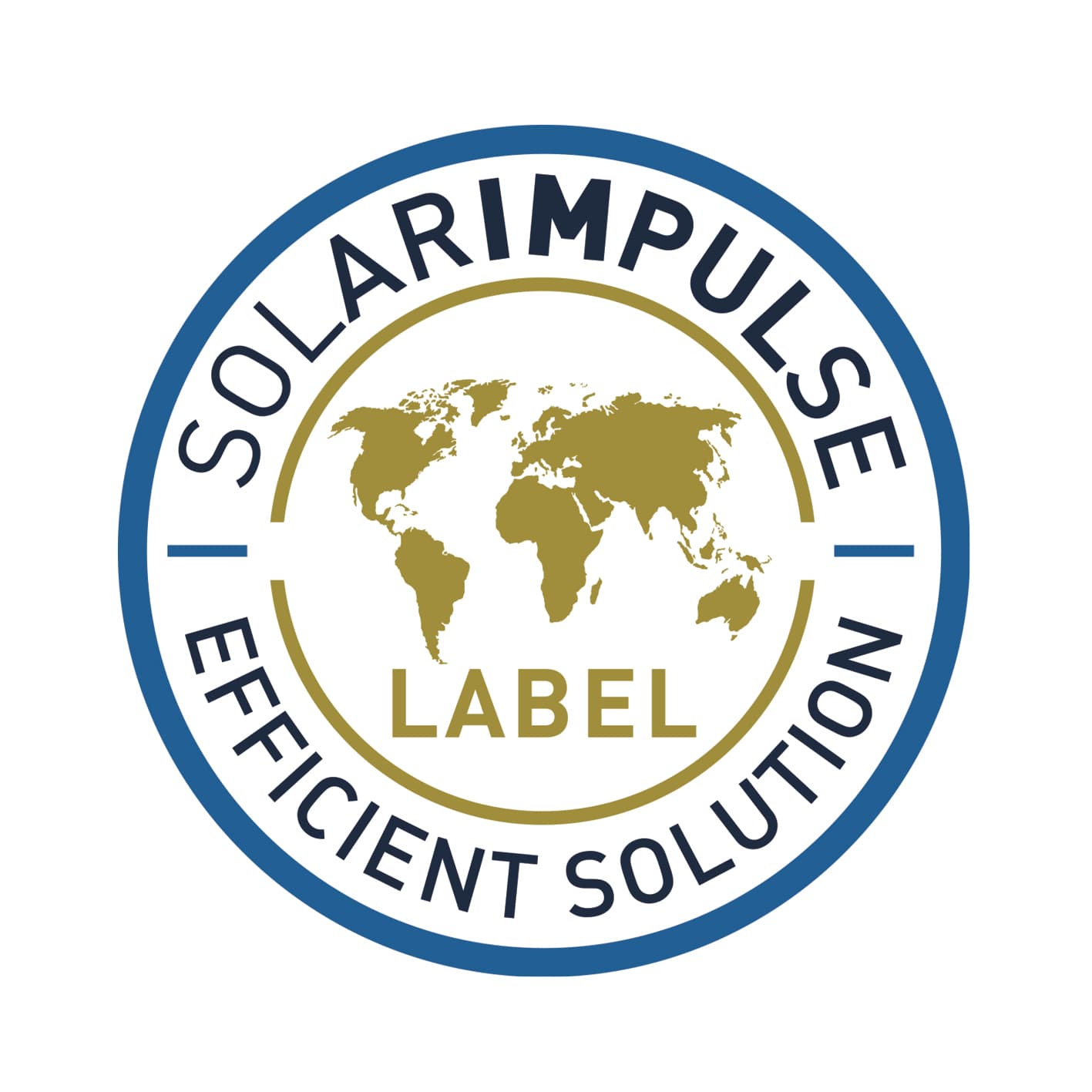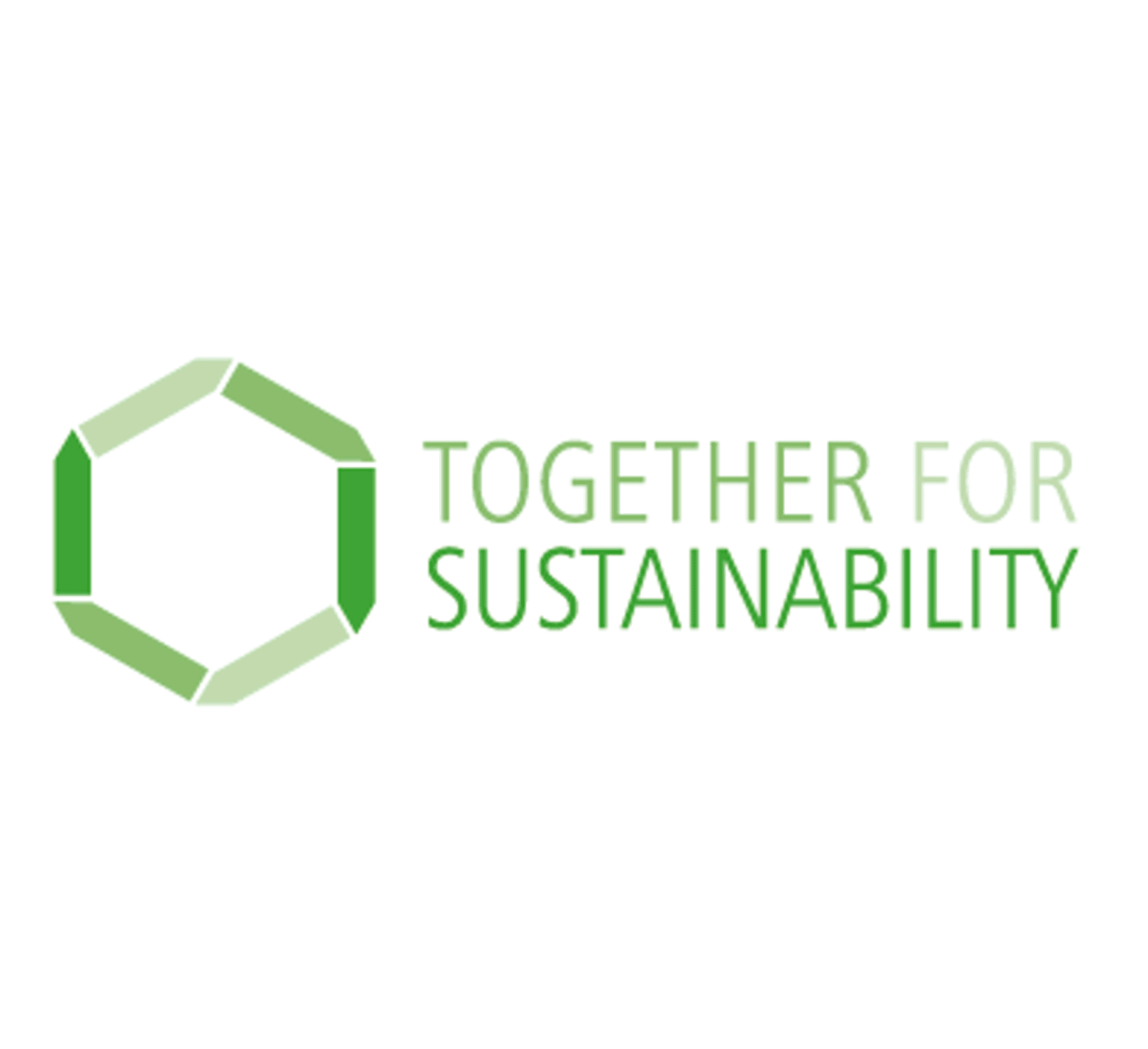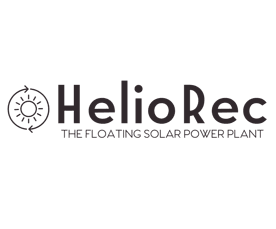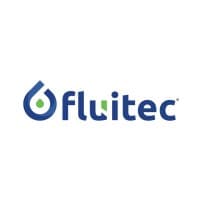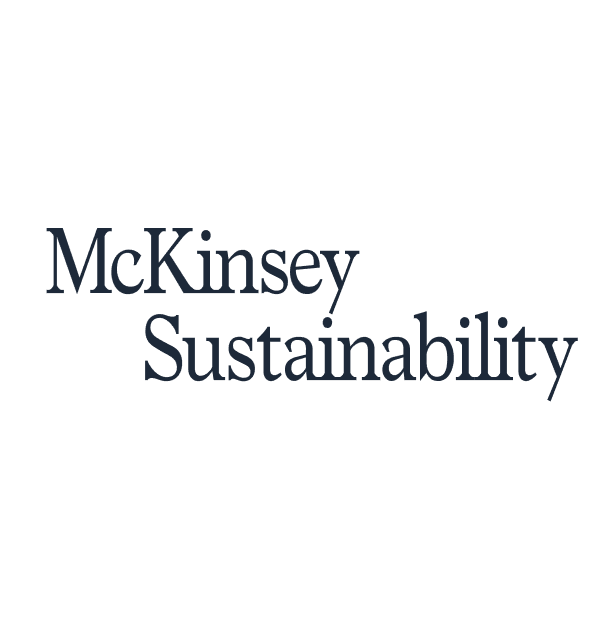Action Type
Quick Wins

Decarbonize operations with renewable electricity via PPAs
Fully transitioned operations in three regions to be powered by renewable electricity with long-term PPAs, delivering absolute emissions reduction.
 Signify
Signify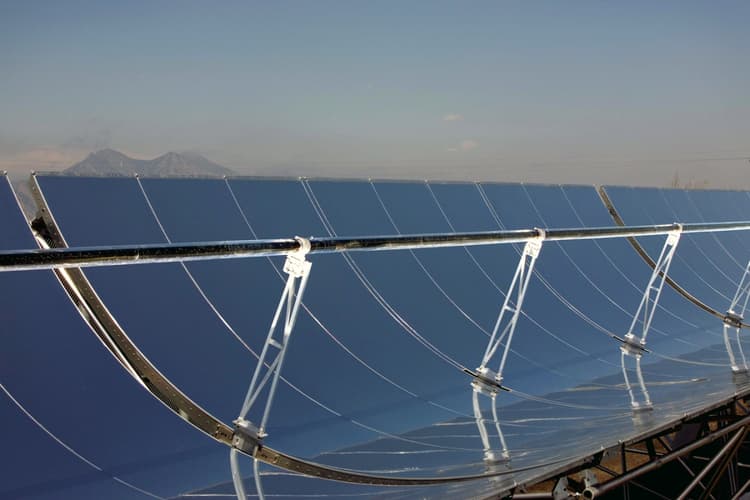
Implement solar thermal to decarbonize industry
Solar thermal for industry serves as replacement for fossil fuel boilers and delivers zero-emissions energy while lowering overall energy costs.
 WBCSD
WBCSD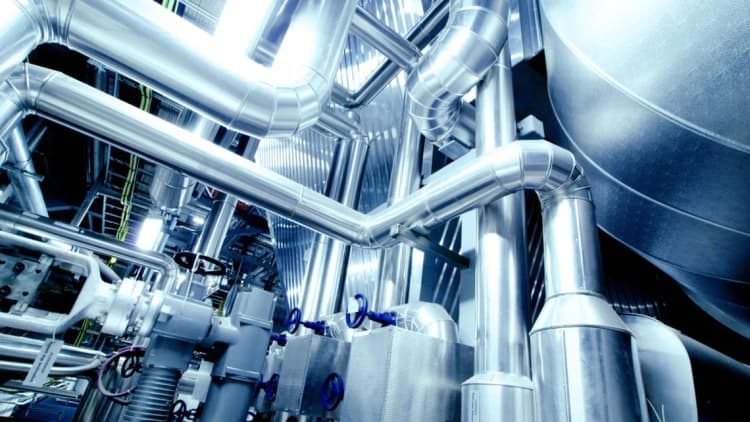
Electrify industrial heat generation to eliminate emissions
Electrification of industrial processes achieves higher energy efficiency, lowers emissions, and improves resilience to fossil fuel price shocks.
 WBCSD
WBCSD
Implement thermal energy storage to decarbonize industry
Thermal energy storage can lower energy costs, decarbonize processes, and improve operational resilience of industrial companies.
 WBCSD
WBCSD
Accelerate transition to 100% renewable energy
A commitment to innovation in renewable energy while uplifting surrounding communities.
 Mahindra
Mahindra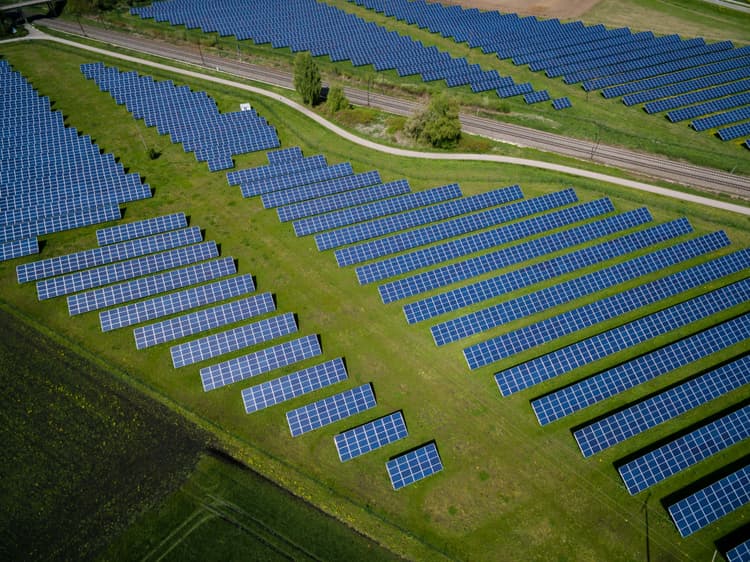
Accelerate smart supply chain decarbonization via renewables
Source renewable electricity for supply chain, enabling faster decarbonization, increasing the scale and speed of renewable energy adoption, and managing Scope 3 emissions.
 Haleon
Haleon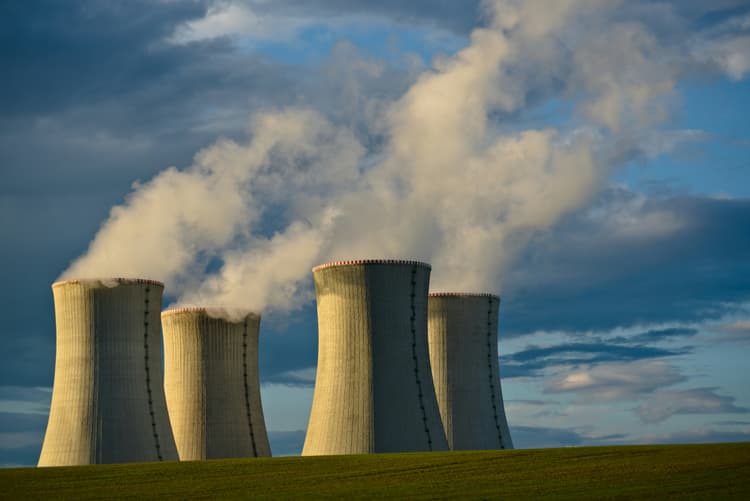
Accelerate clean energy transition with nuclear power
Signing the world’s first corporate agreement to purchase nuclear energy from multiple small modular reactors to be developed by Kairos Power.
 Google
Google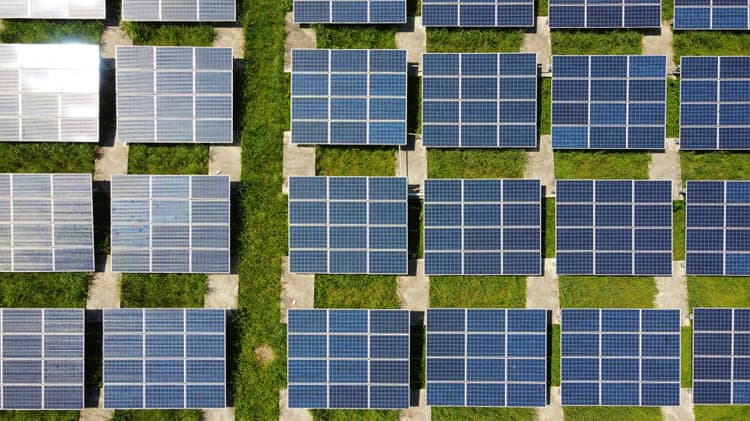
Scale carbon free energy with clean transition tariff
Clean transition tariff unites corporate procurement and utility planning to unlock investment in advanced energy technologies, boost grid reliability, and increase resource diversity.
 Google
Google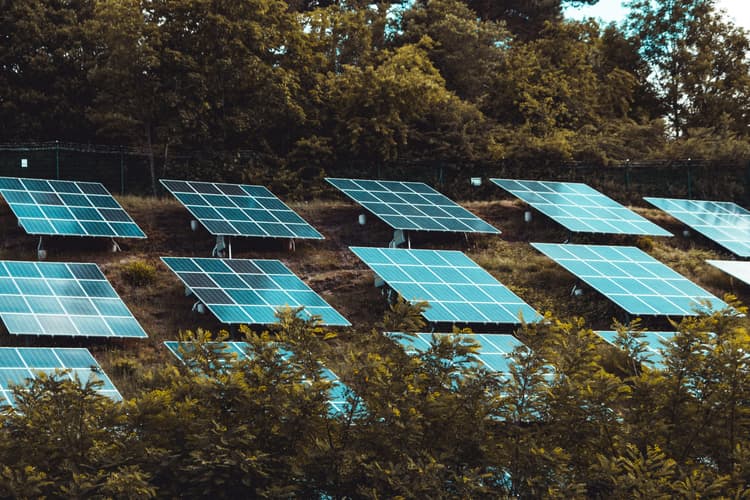
Accelerate renewables across value chains
Source 7 TWh of renewable electricity to cover value chain, reducing ~3 MtCO₂e (10% of GHG emissions)
 Mars
Mars
Decarbonize metro operations by adopting renewable energy
Reduced metro emissions by adopting renewable energy, achieving cost savings and fully offsetting electricity-related CO2 for key rail lines.
 Motiva Trilhos
Motiva Trilhos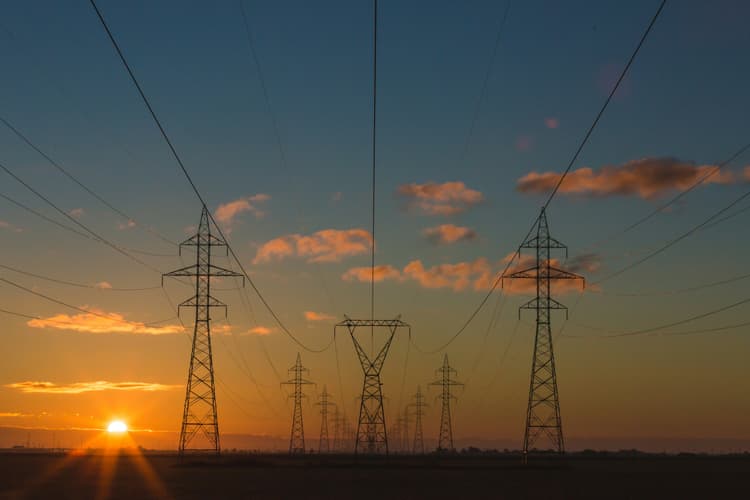
Transform power grids to cut losses and energy waste
Smart grid technology cut line losses by 2.4%, saving 236 TWh and 126.64 Mt CO₂ using AI, smart meters, and performance-driven governance.
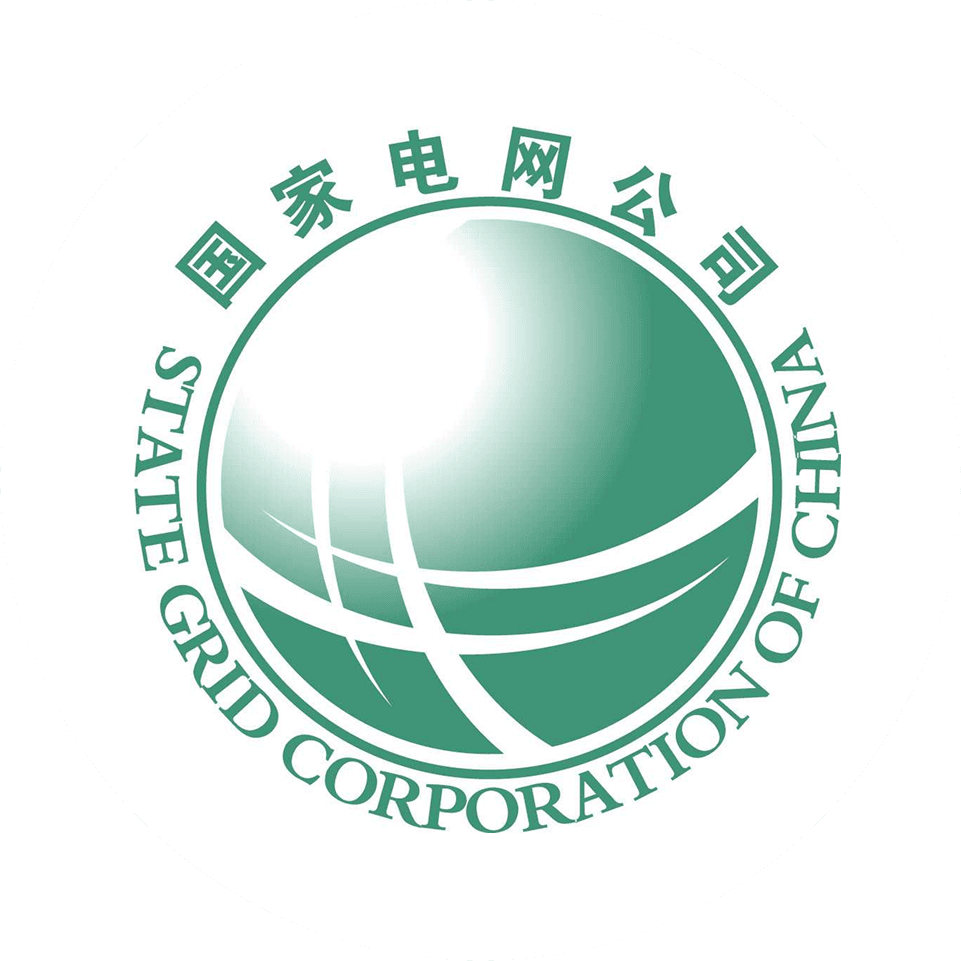 State Grid Corporation of China
State Grid Corporation of China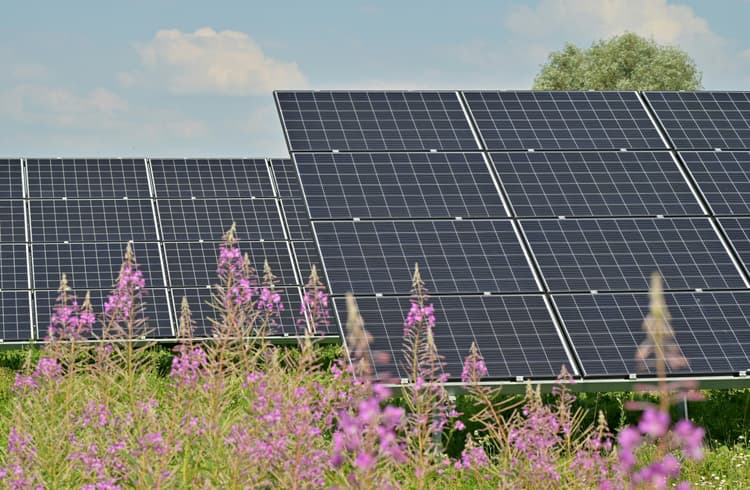
Democratize clean energy in low-income communities
A social solar micro-plant provides energy credits to low-income families, reducing energy poverty and fostering a just transition with a replicable, multi-partner model
 EDP
EDP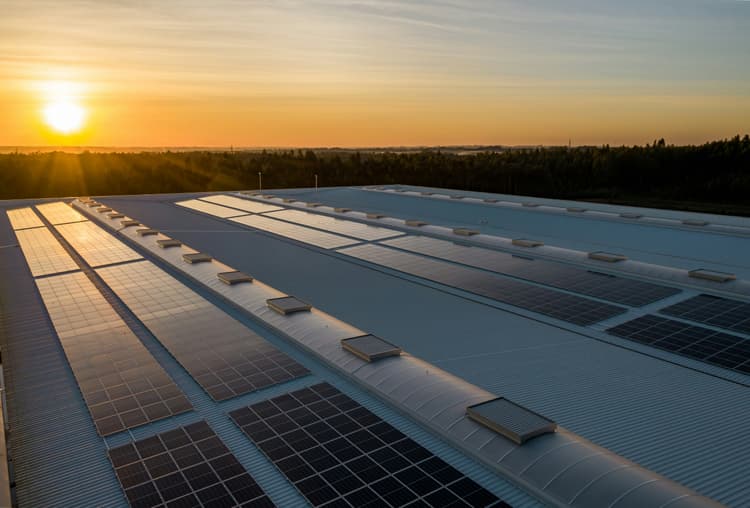
Decarbonize energy with solar, storage, and electrification
Phased decarbonization initiative at Urzut base combining solar, storage, and electrification to cut emissions, reduce energy costs, and ensure energy security.
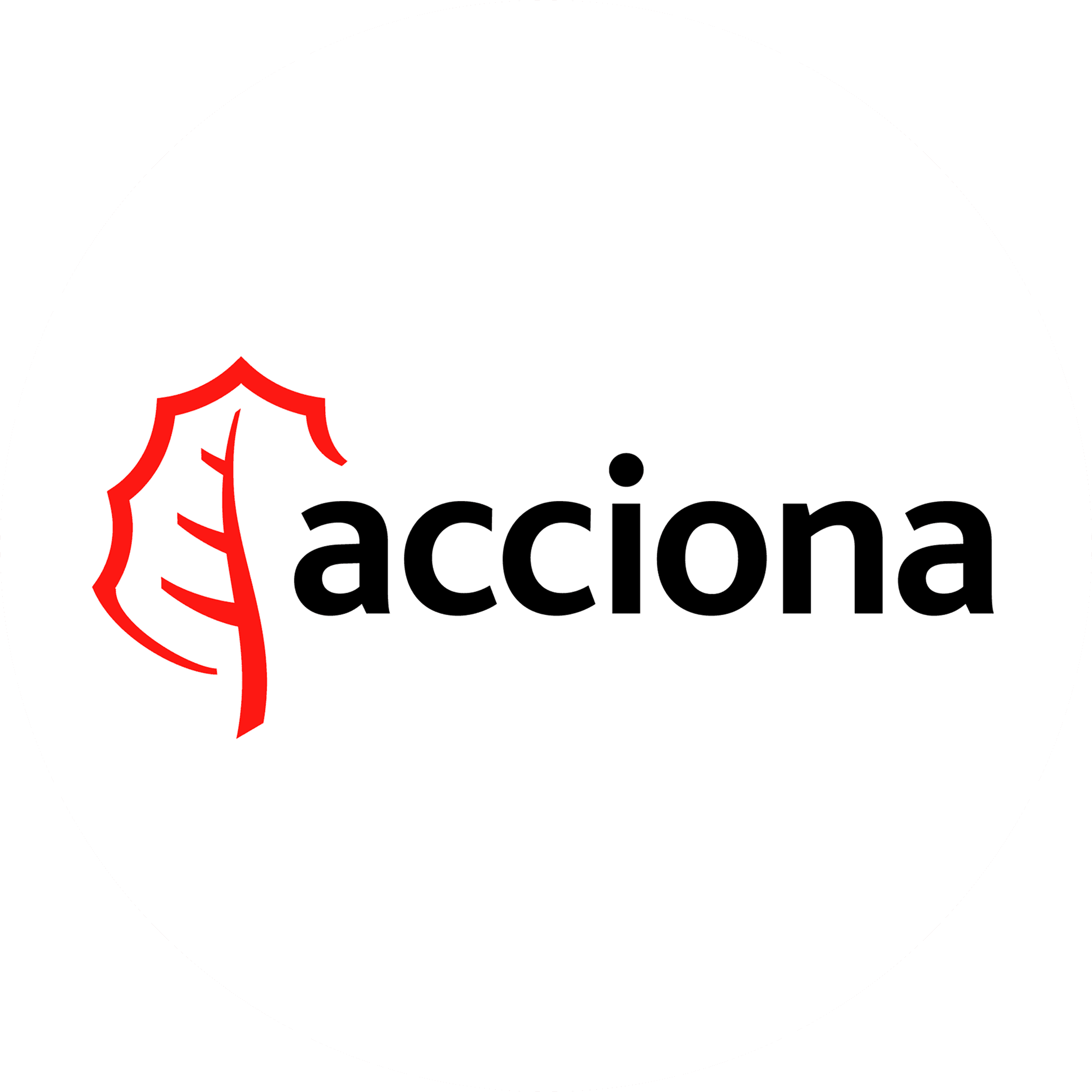 ACCIONA
ACCIONA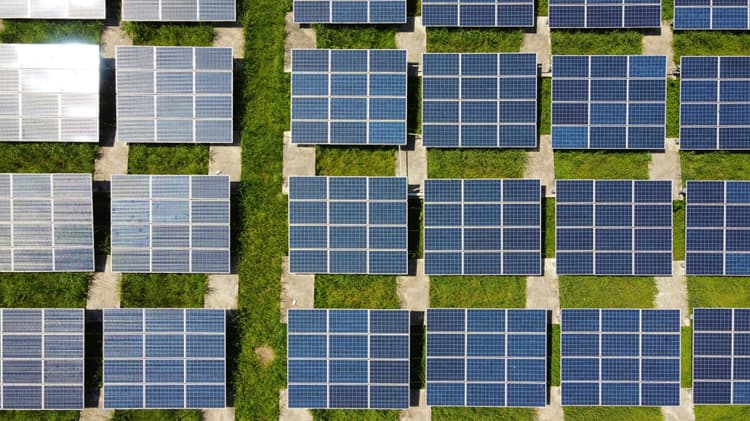
Build net zero momentum with limited resources
Started with low sustainability maturity and resources but progressed through leadership and collaboration to drive meaningful climate action.
 Espi
Espi
Achieve Zero Scope 2 through 100% Renewable Electricity
Transitioned to 100% renewable electricity across all Brazilian operations by 2025, achieving zero Scope 2 emissions five years ahead of target.
 Valgroup
Valgroup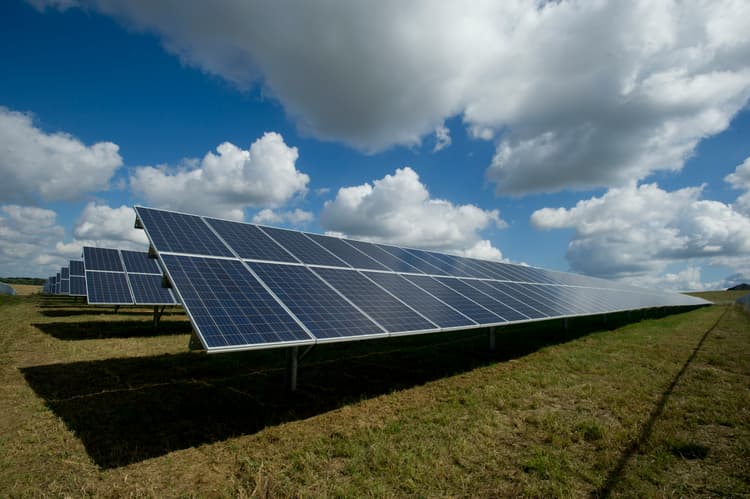
Remove Scope 2 Brazil Emissions through Renewable Sourcing
Matched all purchased electricity in Brazil with renewable energy certificates, eliminating Scope 2 emissions and improving energy resilience.
 Amcor
Amcor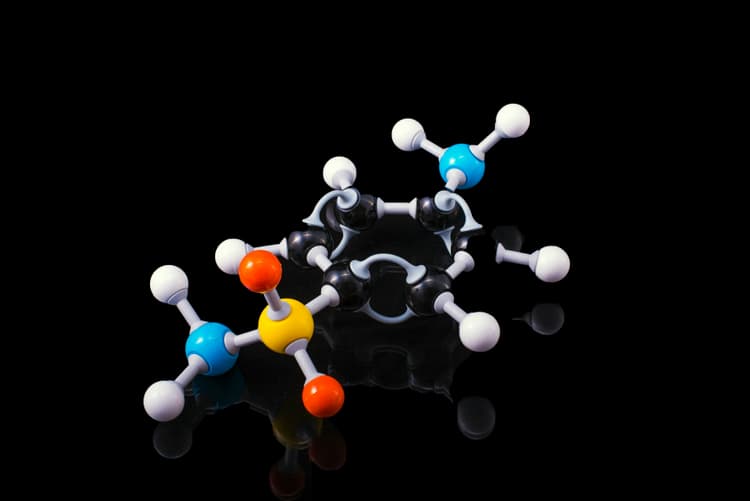
Create investment strategy for hydrogen purchase agreements
Toolkit detailing how senior leaders can support the adoption of low-carbon hydrogen, including through Power Purchase Agreements (PPAs).

Use solar desalination to produce clean water
Solar desalination provides clean water using only sea and sun at private island development company Ki'ama Bahamas.
 Ki'ama Bahamas
Ki'ama Bahamas
Optimize company-wide management of energy efficiency
LYB’s value enhancement program (VEP) is a company-wide program reducing costs and emissions by saving energy in procurement, logistics, and customer service improvements.
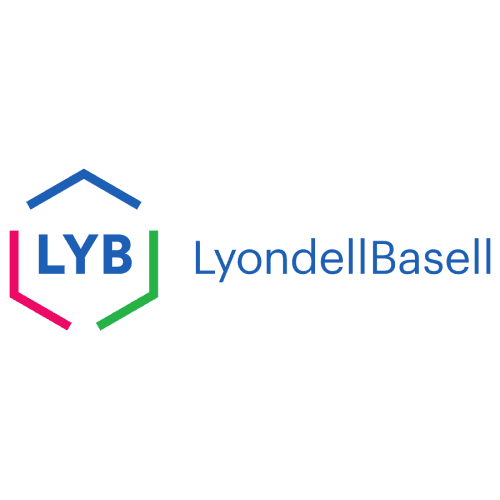 LyondellBasell
LyondellBasell
Re-use excess energy from operations to heat buildings
Novonesis uses captured energy from operations to heat homes through a district heating system in Greater Copenhagen.
 Novonesis
Novonesis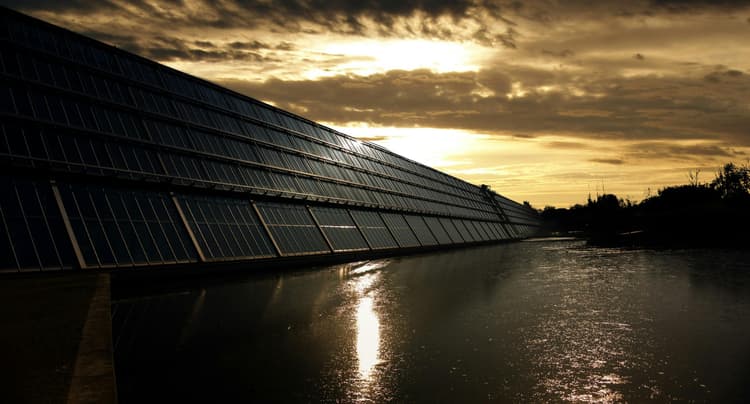
Apply solar thermal water heating in industrial processes
Givaudan implemented solar concentrators to preheat boiler water, significantly reducing natural gas consumption and GHG emissions in Cuernavaca.
 Givaudan
Givaudan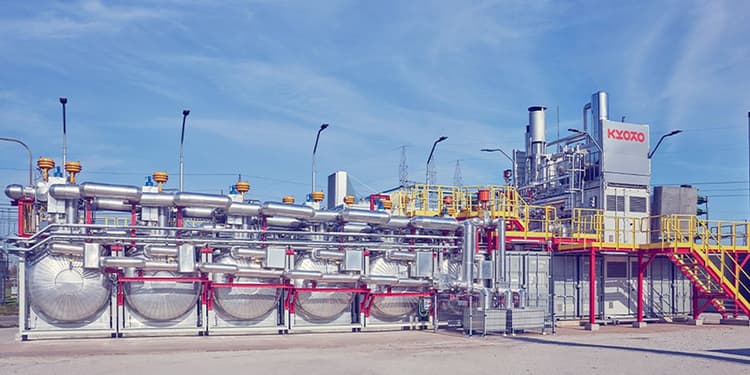
Use molten salt energy storage in heating and industry
Kyoto Group's Norbis Park Heatcube, a molten salt thermal energy storage system, supports Norbis Park with replacing coal-generated district heating by renewable energy, reducing CO2 emissions.
 Norbis Park
Norbis Park
Deploy high wave-resilient offshore floating solar
This floating offshore demonstrator proved significant efficiency and production gains over comparable onshore rooftop solar installations.
 Port de Sète
Port de SèteSwitch to hybrid-electric furnace design in glass production
Ardagh Glass’s NextGen Furnace uses hybrid technology to reduce the carbon footprint of commercial-scale glass production, by replacing fossil fuel energy with renewable electricity.
 Ardagh Glass Packaging
Ardagh Glass Packaging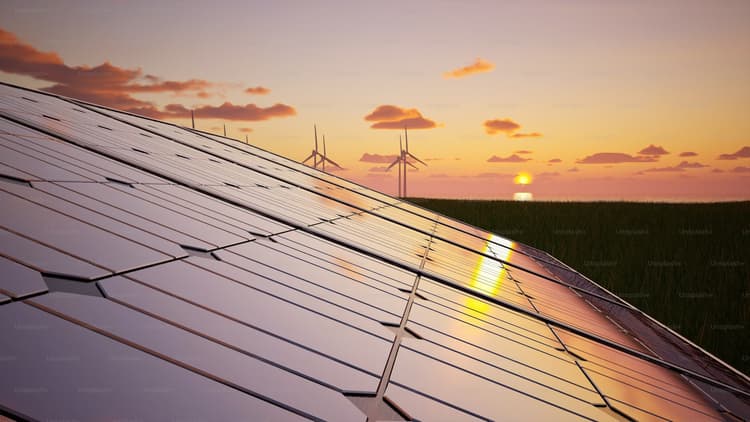
Create additive renewables within grid
Kalsec enrolled in its energy provider's Large Customer Renewable Energy Program; in 2028, half of the primary site’s yearly electricity will come from in-grid utility scale renewable sources.
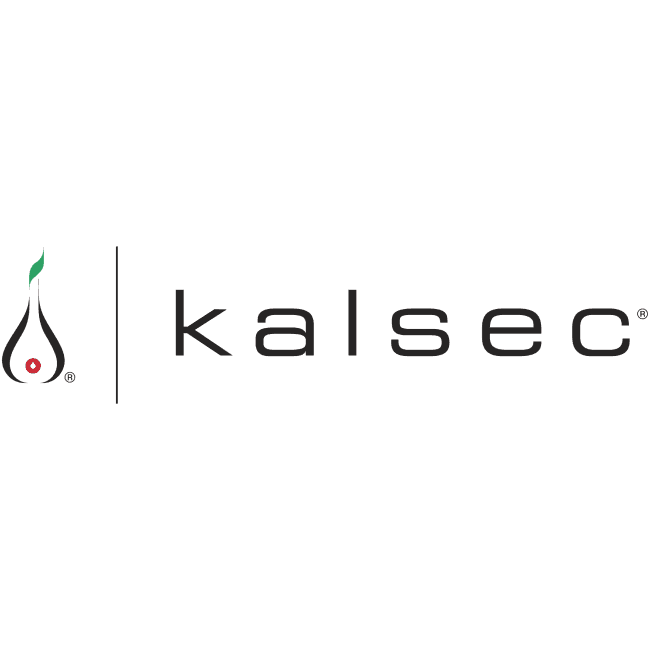 Kalsec
Kalsec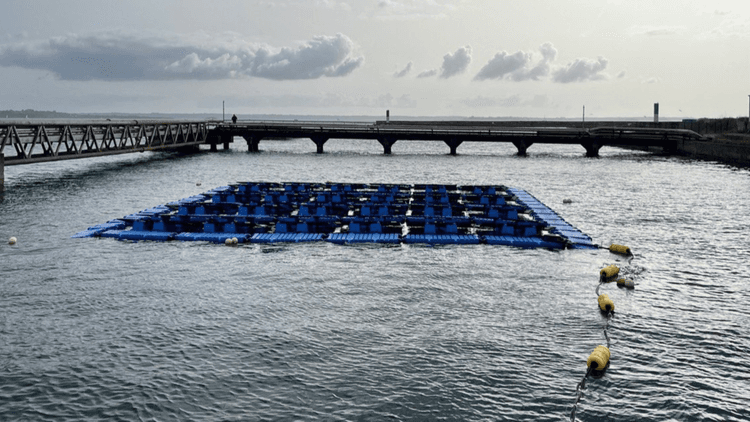
Utilize floating solar power plant installations
HelioRec installed a 25kW floating solar project in Brest Port, France, overcoming extreme tidal changes, waves and high winds, while saving electricity costs and creating renewable energy.
 BrestPort
BrestPort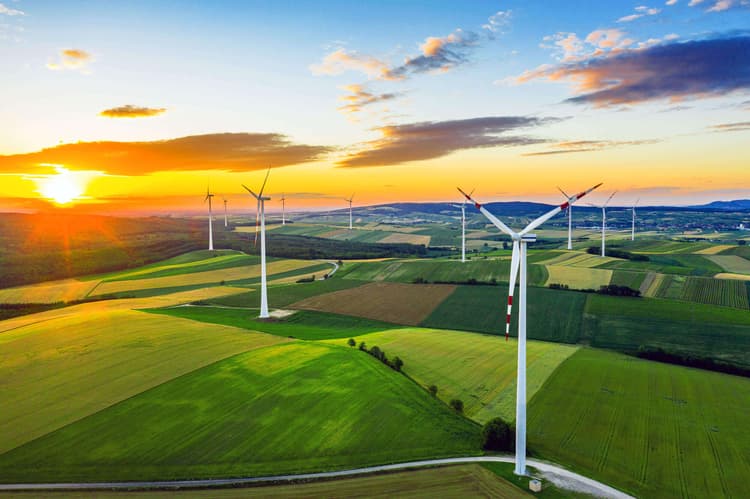
Build a strategic approach to renewable electricity sourcing
A well-designed renewables strategy reduces a company’s carbon footprint and hedges against energy market volatility, often lowering energy costs
 ENGIE Impact
ENGIE Impact
Enhance building energy efficiency through AI automation
AI-powered automation solution to optimize the energy efficiency of the HVAC system of a large office complex, resulting in significant energy and cost savings.
 Patrizia AG
Patrizia AG
Convert biowaste into biogas to accelerate decarbonization
Manufacturers can significantly reduce their carbon footprint and recycle their organic waste by using it as biomass feedstock to generate biogas and biomethane
 ENGIE Impact
ENGIE Impact
Optimize lubricant application in industrial turbines
SRP, a major US power utility, partnered with Fluitec to transform their consumable turbine oils into lubricants that will last the life of their turbines, reducing costs and CO2e
 SRP
SRP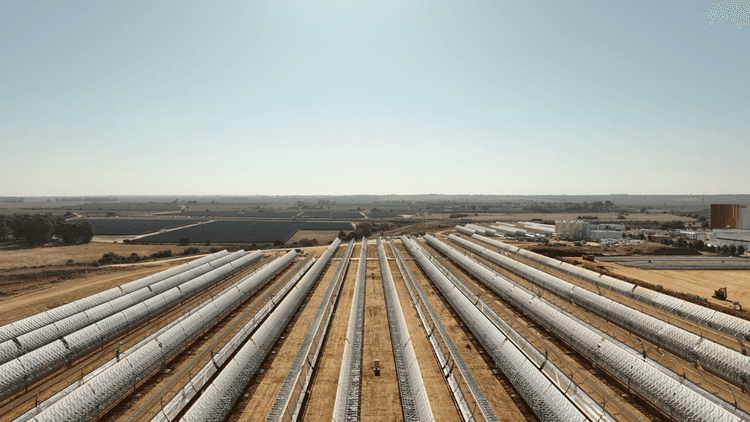
Utilize solar thermal HaaS to cut industrial emissions
Heineken uses a Heat-as-a-Service model to utilize solar thermal power to reduce emissions from heat generation.
 Heineken
Heineken
Integrate energy management systems in pulp and paper mills
Integrating the ISO 50001 Energy Management System leads to significant GHG emissions reductions and cost savings.

Adopt heat recovery technologies in the pulp mill
Adopting heat recovery technologies in the pulpmill can increase efficiency of operations, recovering waste generated as a by-product of the pulping and papermaking process.
 Forest Solutions Group
Forest Solutions Group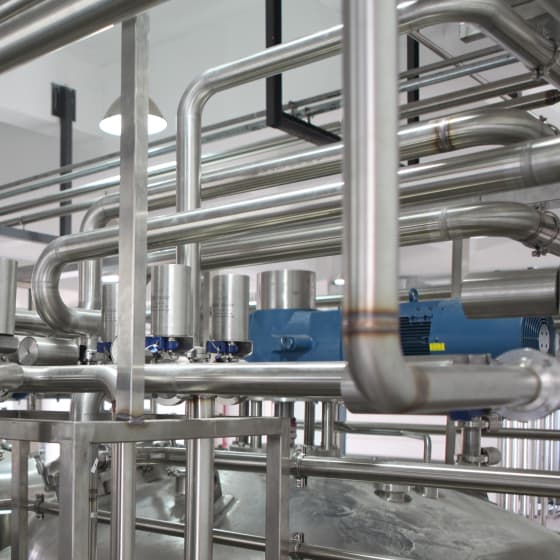
Reduce furnace CO2 emissions with a heat exchanger
Installing a Heat Recovery Tower recovers generated heat and reduces HFO (heavy fuel oil) consumption, reducing costs and with no impact on production
 Unilever
Unilever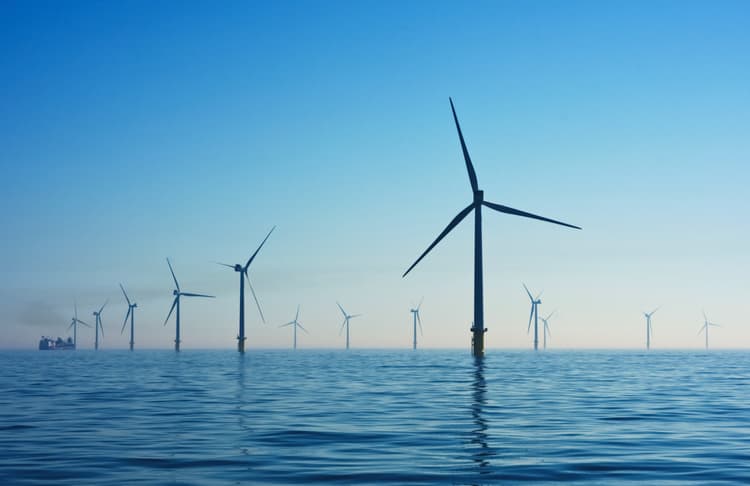
Move to offshore wind electricity generation
Wind offshore electricity generation harnesses higher and more consistent wind speeds and can reduce CO2 emissions compared to coal-based electricity

Use a simplified lease program for renewable energy
Cathay Life will purchase renewable energy on behalf of its tenants and redistribute it based on clients’ RE100 annual goal
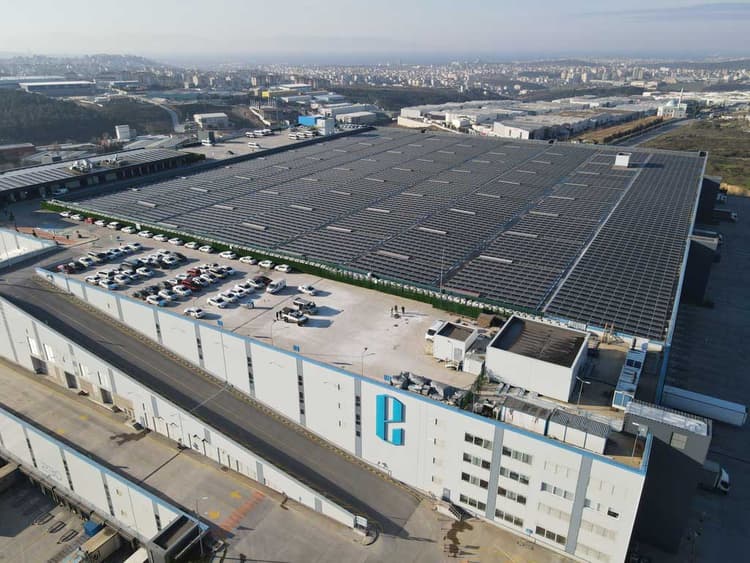
Invest in solar power for affordable and clean energy supply
Companies can develop rooftop solar power infrastructure to cut emissions and achieve energy independence
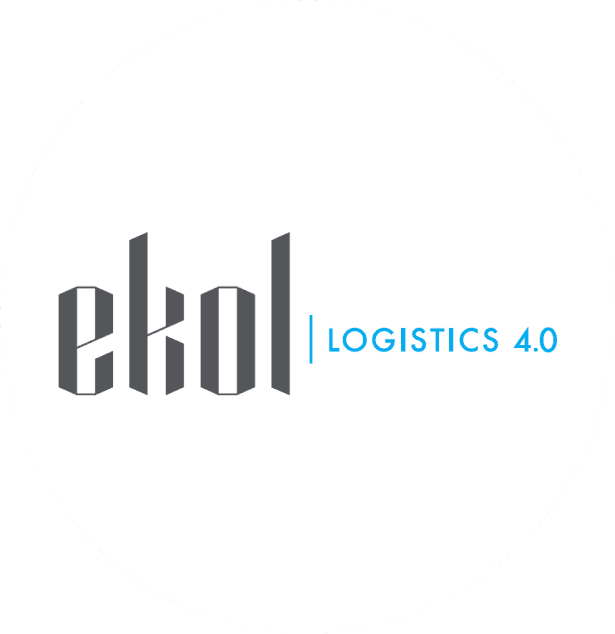 Ekol Logistics
Ekol Logistics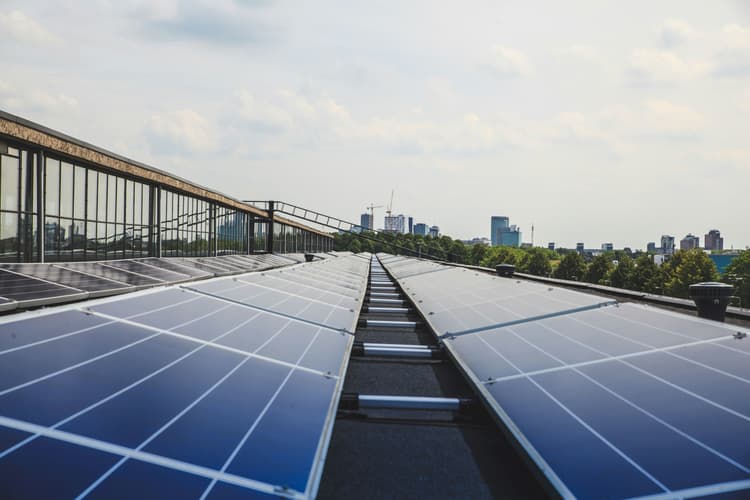
Use renewable energy through distributed generation
Neutralizing GHG emissions from Iguá's electrical matrix using renewable energy from distributed generation.

Integrate carbon dioxide removal into climate strategies
Develop responsible carbon dioxide removal (CDR) investment strategies to maximize climate impact and broader sustainability goals and minimize risk.

Maximize waste recovery in the pulp and paper mill
Adopting processes to recover energy from waste, such as black liquor gasification, can lead to higher resource and energy efficiency, while reducing GHG emissions
 Forest Solutions Group
Forest Solutions Group
Switch to low-carbon fuels: deep dive on low-carbon hydrogen
Low-carbon hydrogen has several advantages as a fuel, as it does not emit CO2 into the atmosphere when burned and can be stored in large volumes compared to electricity
 Forest Solutions Group
Forest Solutions Group
Adopt BECCS technologies
As the pulp and paper industry is the largest industrial consumer of biomass, there are many large sources of biogenic GHG emissions that could be captured with BECSS
 Forest Solutions Group
Forest Solutions Group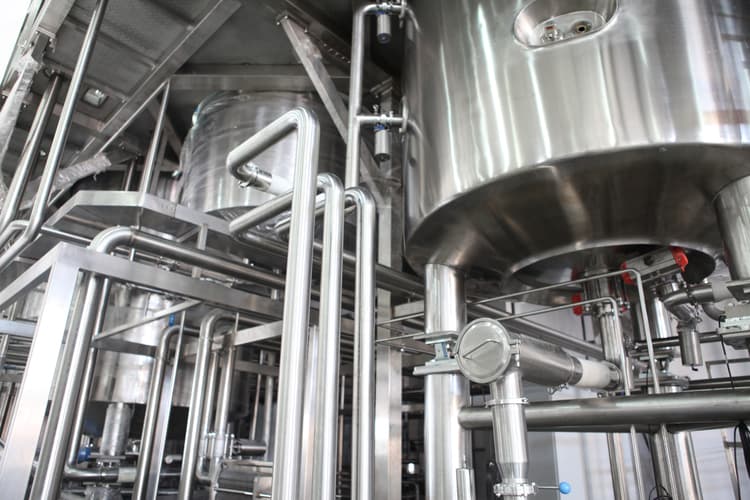
Switch to industrial electric boilers
Electric boilers convert electricity into heat to produce steam, with almost 100% efficiency, reducing the greenhouse gas emissions typically associated with heat production
 Forest Solutions Group
Forest Solutions Group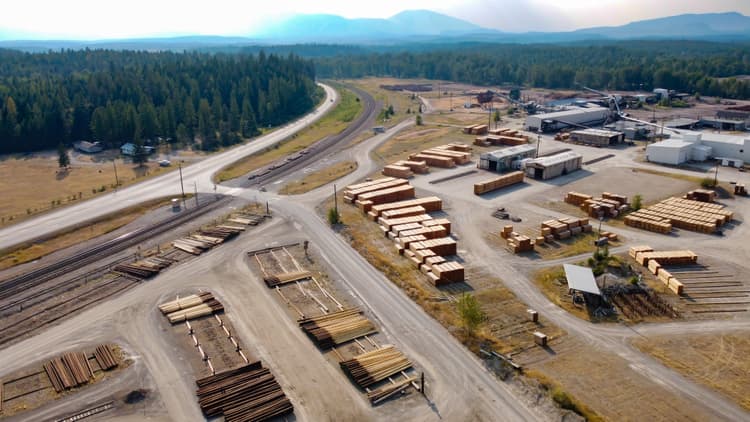
Adopt heat recovery technologies in the sawmill
Adopting heat recovery technologies in the sawmill can increase efficiency and reduce heat loss which saves energy, reduces fuel combustion and emissions associated with operations.
 Forest Solutions Group
Forest Solutions Group
Decarbonize low-temperature heating using heat as a service
Heat as a service (HaaS) enables companies to source sustainable heat through a long-term contract without the need for upfront investment.
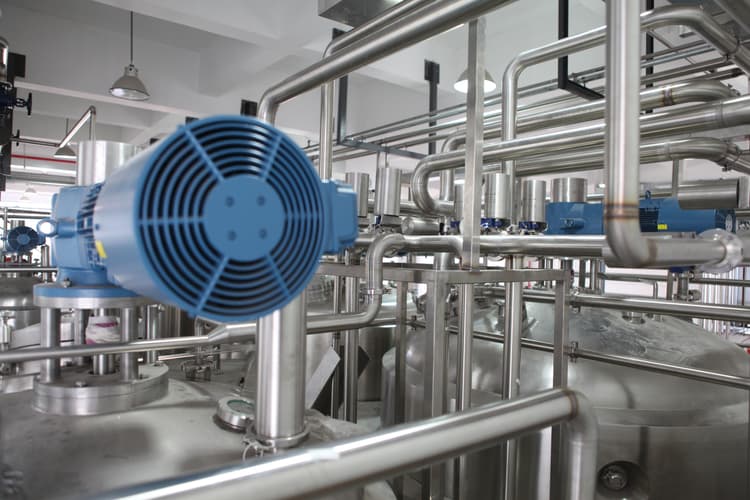
Decarbonize low-temperature industrial heat with heat pumps
Industrial heat pumps generate low-temperature process heat with higher efficiency and lower GHG emissions than conventional fossil fuel heating options.
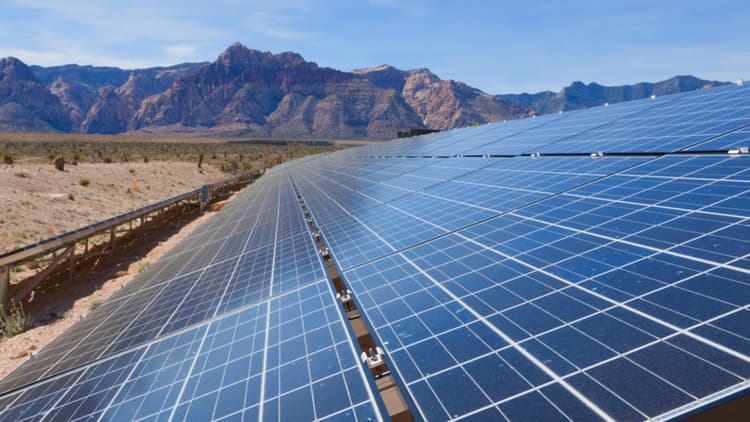
Source renewable electricity with PPA
Power Purchase Agreements (PPA) enable companies to source renewable electricity and achieve operational cost savings without upfront investments.

Optimize chiller efficiency with artificial intelligence
Improved chiller efficiency at the Olympian City 3 shopping mall in Hong Kong by harnessing artificial intelligence (AI), reducing energy used and related costs

Retrofit buildings with insulation
Retrofitting buildings (residential or commercial) with insulation systems can reduce associated lifecycle emissions and save annual utility payments

Generate electricity with onshore wind
A switch from coal -and gas- based electricity generation to onshore wind can reduce related lifecycle emissions while enabling cost efficient electricity generation

Opt for electric medium temperature heating systems
Electrifying medium temperature heating systems within industry player’s operations allows for lower operating costs, higher efficiency and lower CO2 emissions
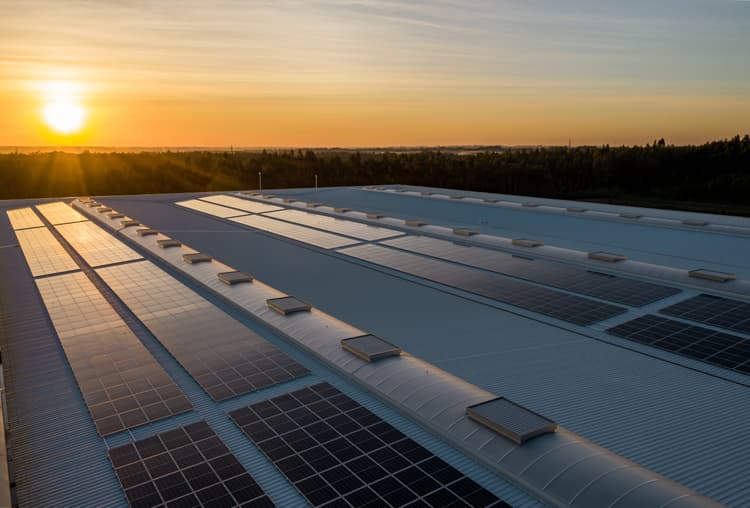
Opt for solar thermal water heating in buildings
Installing solar thermal can reduce the indirect use phase carbon dioxide emissions in water heating, with the potential varying with climate conditions.

Switch to electric/hybrid boilers in buildings
Installing electric or hybrid boilers for building heating reduces carbon dioxide emissions across all stages of the product life cycle and all GHG scopes

Harness green hydrogen for ammonia generation
Green hydrogen as an efficient and economically viable decarbonization solution for industrial use, reducing natural gas requirements and GHG emissions
 Iberdrola
Iberdrola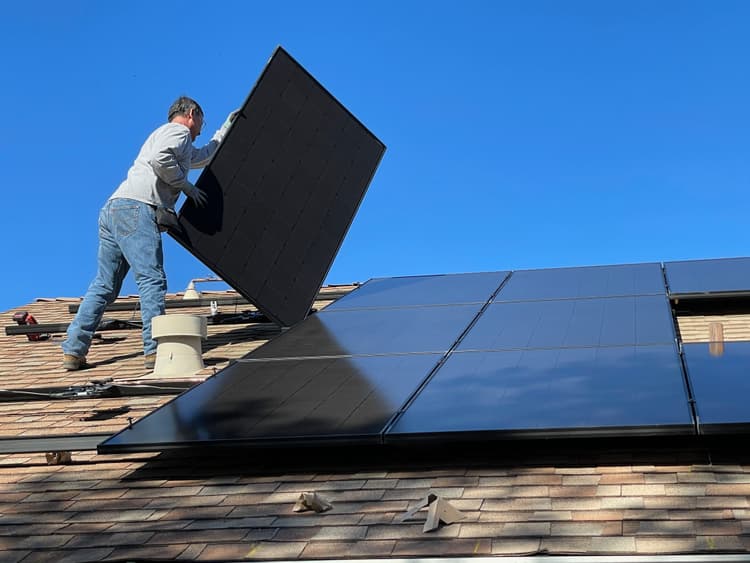
Switch to solar energy with rooftop photovoltaics
A shift in the power mix from coal- and gas-based electricity generation to photovoltaics can substantially reduce related lifecycle emissions

Design and implement SF6-free solutions for the grid
Decrease SF6 emissions by establishing cross-sector partnerships to identify, design, develop and implement SF6-free assets
 National Grid
National Grid
Move from gas to electric low temperature heating systems
Electrifying low temperature heating processes offers higher energy efficiency, lower investment while significantly reducing operational GHG emissions

Shift from gas or coal to electric industrial furnaces
The decreased cost of electrical equipment and increased energy efficiency grows opportunites for electrictrifying industries, enabling a reduction in GHG emissions

Switch to electric/hybrid heat pumps in buildings
The use of electric or hybrid heat pumps is becoming more competitive economically in recent years and can accelerate the process of decarbonization.
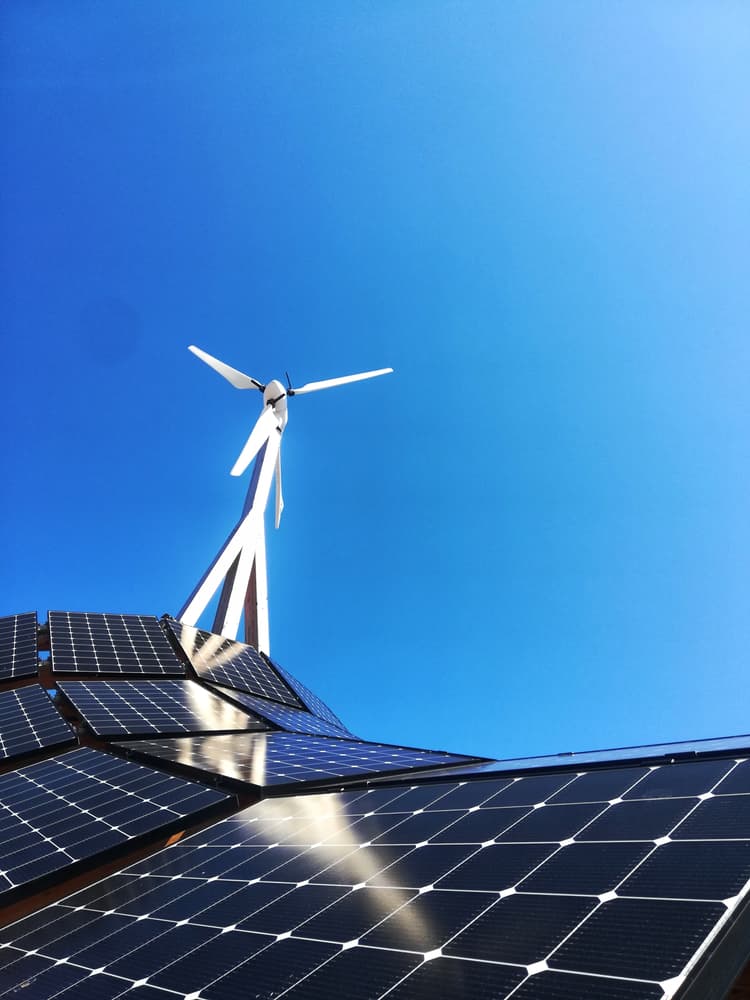
Harness PPA for renewable electricity
Using Power Purchase Agreements (PPAs) to achieve 100% renewable electricity goal, through collective efforts with other businesses to support renewable projects
 Philips
Philips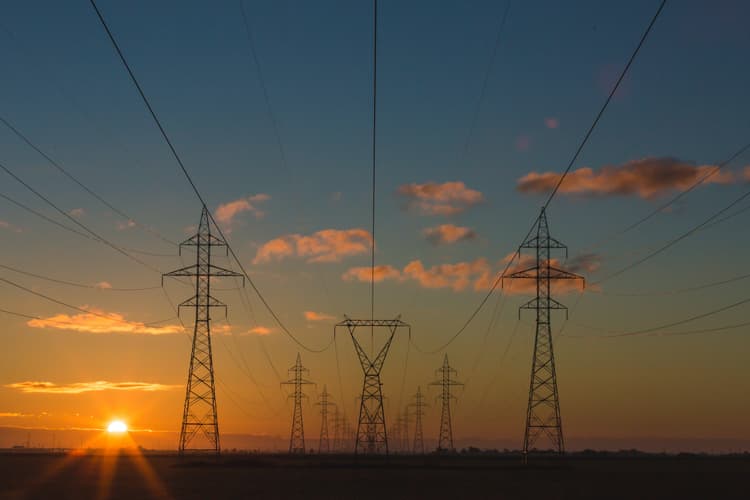
Set sustainable energy management standards
Setting sustainable energy management standards to drive the implementation of renewable energy strategies all over the company's operations
 Philips
Philips

